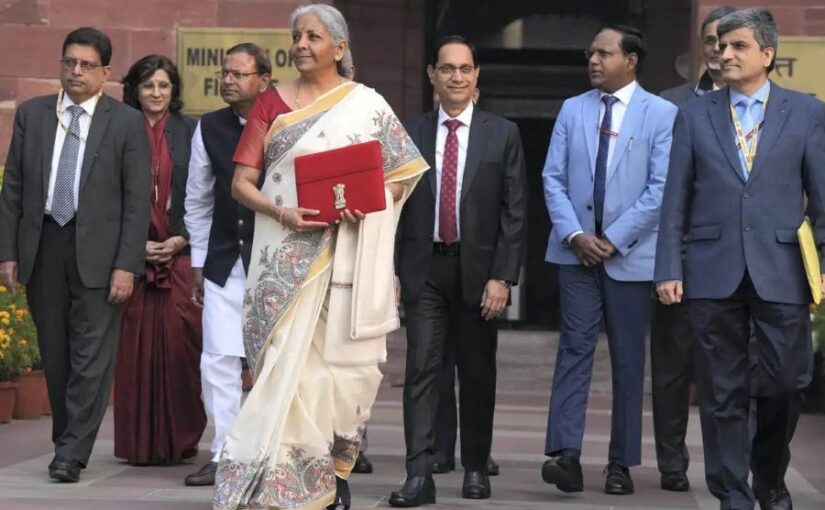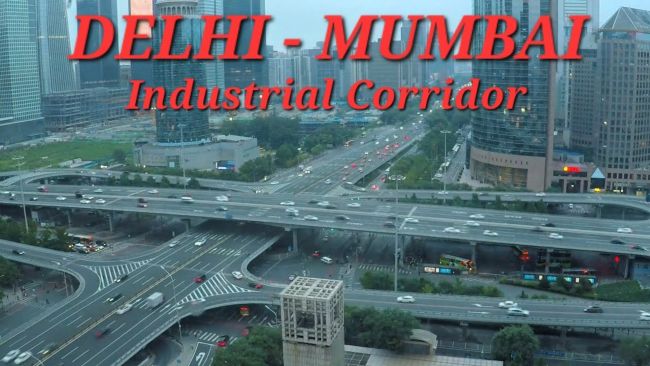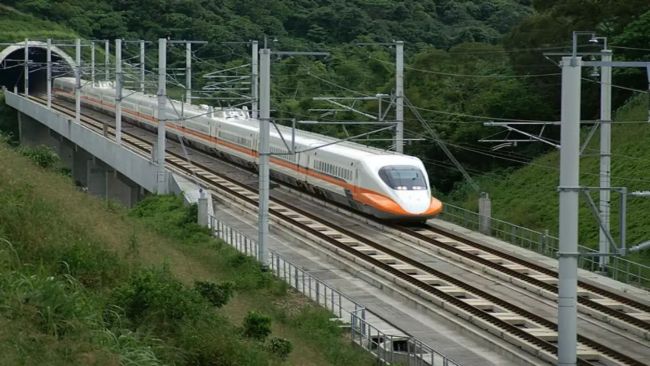

G. Kalyan Kumar
The Union Budget 2025-26 presented by Mrs. Nirmala Sitharaman, Union Minister of Finance, in Parliament on February 1, outlined numerous priorities in the journey towards Viksit Bharat, or Developed India, by 2047 as envisioned by Prime Minister Narendra Modi's third term government.
Among the many priorities reiterated in the budget, the emphasis on infrastructure stood out as a continuation of previous budgets.
The finance minister highlighted the importance of investments in building and enhancing infrastructure to achieve a strong multiplier effect on the economy. The government promises robust fiscal support for infrastructure over the next five years while balancing priorities and fiscal consolidation.
Impressive outlay and incentives to states
In the new budget, the infrastructure focus includes initiatives for states. There is an allocation of INR 11,11,111 crore for capital expenditure, which constitutes 3.4 percent of GDP.
Through the budget initiatives, the Union government is encouraging states to roll out matching support for infrastructure development, aligning with the ongoing priorities. For this purpose, the budget has earmarked INR 1.5 lakh crore for long-term interest-free loans to assist states in resource mobilization.
Important Infrastructure Projects
The budget has rightly emphasized accelerating infrastructure development in both its physical and digital forms. There are ambitious projects within the nation’s infrastructure development mission covering multiple states. The National Industrial Corridor Development Program (NICDP) is a prominent initiative binding 17 states to construct 11 industrial corridors.

Mumbai-Ahmedabad bullet train corridor
Other significant infrastructure projects include the Delhi-Mumbai industrial corridor and the Bengaluru-Mumbai economic corridor, which will greatly enhance demand for building materials. In the transport sector, the Ahmedabad-Mumbai bullet train rail corridor stands out as a flagship project.
Budget Support and Development Bank
In recent years, consecutive Union Budgets have unlocked numerous fiscal reforms, including increased capital expenditure (capex), tax incentives for green projects, and the expansion of public-private partnerships (PPPs).
The establishment of the National Bank for Financing Infrastructure and Development (NaBFID) in 2021 marked a significant milestone. It addresses India’s infrastructure-financing challenges, and sanctioned loans have exceeded $18 billion, reinforcing its role as a key player in infrastructure development.
NaBFID has gone beyond the traditional role of a development finance institution (DFI) by addressing possible market failures through its efforts in fostering a vibrant bond and derivatives market, thereby deepening India's financial ecosystem.
The catalytic role of NaBFID has expanded further with new reforms in public-private partnerships (PPP) as innovative infrastructure financing opportunities opened up with a window for streamlined growth.
Viability Gap Funding
To encourage private sector investment in infrastructure viability, gap funding will be promoted alongside supportive policies and regulations. The government indicates that a market-based financing framework will be established.
Viability Gap Funding (VGF) involves grants that help make infrastructure projects financially viable and targets projects that are economically justified but not financially feasible.
The VGF administered by the Ministry of Finance provides a one-time or deferred grant to cover part of the project costs and encourages private sector participation in infrastructure development. The program is a significant support for projects implemented through public-private partnerships (PPPs).
The government recognizes that in the infrastructure sector, financing by the Union and State Governments is a top priority for large-scale infrastructure projects. This is due to the fact that bank credits are largely concentrated in the roads, airports, and power sectors.
The inflow from external commercial borrowings (ECBs) to infrastructure sectors is showing some improvement, amounting to $9.05 billion in 2024 compared to $5.91 billion from 2020 to 2023.
Resource mobilization by infrastructure sectors through debt and equity issuances in the capital market was just over ₹1,00,000 crore during FY24.
Top Infrastructure sectors
The infrastructure sector continues to be the primary engine of the Indian economy, encompassing manufacturing as milestones of industrial growth in crucial sectors that enhance overall economic growth. This will further stimulate aggregate demand by improving living standards.
The main sectors of the infrastructure sector include the following:
- Cement
- Steel
- Coal
- Electricity
- Refinery products
- Crude Oil
- Natural Gas
- Fertilizer
Other critical infrastructure industries also include roads and highways, railways, ports, and telecommunications.
Boost for Construction and Housing Sectors
The broad focus on infrastructure is expected to have a positive impact on the construction, housing, and real estate sectors. This automatically benefits many subsegments, which number nearly 20 in the housing and construction industries.

Affordable housing projects
India’s construction industry is projected to grow at a CAGR of 9.4 percent over the next few years, driven by a booming housing market and government infrastructure initiatives.
The residential construction market is anticipated to thrive, fueled by demand for both affordable and luxury housing units. In the commercial sector, rising investments in new data center projects are expected to propel the growth of commercial buildings.
Building Materials industry to benefit
There is an optimistic outlook for the housing and building materials sector, with significant growth potential anticipated from robust government spending on infrastructure, housing, and new construction projects.
Key segments in building materials include the following: roofing, flooring, cement, steel, wood, electrical, builders hardware, construction chemicals, sanitaryware, tiles, lighting, home improvement, doors and windows, kitchen products, glass, pipes, paints, and home automation, among others.
The optimism in the building and construction sector is reflected in the statements from the Builders' Association of India (BAI), the National Council for Cement and Building Materials (NCB), the Building Materials and Technology Promotion Council (BMTPC), and the Indian Construction Equipment Manufacturers Association (ICEMA).
In response to the Union budget’s infrastructure push, the Cement Manufacturers’ Association (CMA) welcomed the Union budget and praised the “commendable vision for India’s economic growth, emphasizing rural and urban development, increased infrastructure investment, employment-led growth, and strategic investments.”

Neeraj Akhoury, CMA President
According to Neeraj Akhoury, President of the Cement Manufacturers’ Association (CMA) and Managing Director of Shree Cement Limited, “CMA applauds the comprehensive focus on holistic and inclusive development. The budget reinforces a transformative journey towards building a resilient economy to advance India’s development goals".
The emphasis on increased investments in infrastructure across states enhances opportunities and avenues for the growth of the cement sector.” He expressed hope that these measures would enable the cement industry to achieve a consistent CAGR growth rate of over 6 percent of installed cement capacity in the current financial year.
Amarendu Prakash, Chairman of the Steel Authority of India, emphasized the strong fiscal support for the infrastructure sector in the budget. The focus on urban housing, enhancement of rural infrastructure, road connectivity, and the development of various corridors will stimulate domestic steel consumption.
Parth Jindal, Vice President of the Cement Manufacturers’ Association (CMA) and Managing Director of JSW Cement Limited, stated that the budget offers a forward-looking roadmap regarding its impact on India’s cement industry and aligns with the vision for a Viksit Bharat by 2047.



